The iPhone vs Android debate raged hard in the early days of smartphones. We’ve all grown up a bit since then, so let’s leave the term ‘Apple sheep’ back in 2009, okay?
However, whether to buy an Android or an iPhone is arguably a more pressing question than it has ever been if you’re looking to change or upgrade your phone. Top Androids like the Samsung Galaxy S21 Ultra are far more expensive than they were a handful of years ago, and the relative price of entry for Apple hardware is much lower than in the old days.
This is no longer simply a case of ‘iPhones are for rich people’ and Androids are for everyone else.
We’re going to break down everything you need to consider when choosing between an iPhone SE (2020) and OnePlus Nord, or an iPhone 12 Pro Max and Google Pixel 5. And everything in-between.
Hardware: Android is still the bargain-hunter’s choice
Entry-level: $100-350 / £100-350
It’s time for a little backtrack. Yes, iPhones are more accessible than before, and many top Androids are now expensive enough to make your eyes water. However, the cheapest great phones are still Androids.
The best ones to buy get depend on where you live, but our favorite budget manufacturers include Xiaomi, Realme, Oppo and Motorola. Spot the trend? They are all Chinese. Motorola used to be an American brand, but it is now owned by Lenovo, which is - you guessed it - Chinese.
They offer unbeatable value. Xiaomi and Realme are the most aggressively priced, as of early 2021. If these brands aren’t readily available or you’d rather buy from a non-Chinese brand, Nokia and Samsung are your top names. They are from Finland and South Korea respectively.
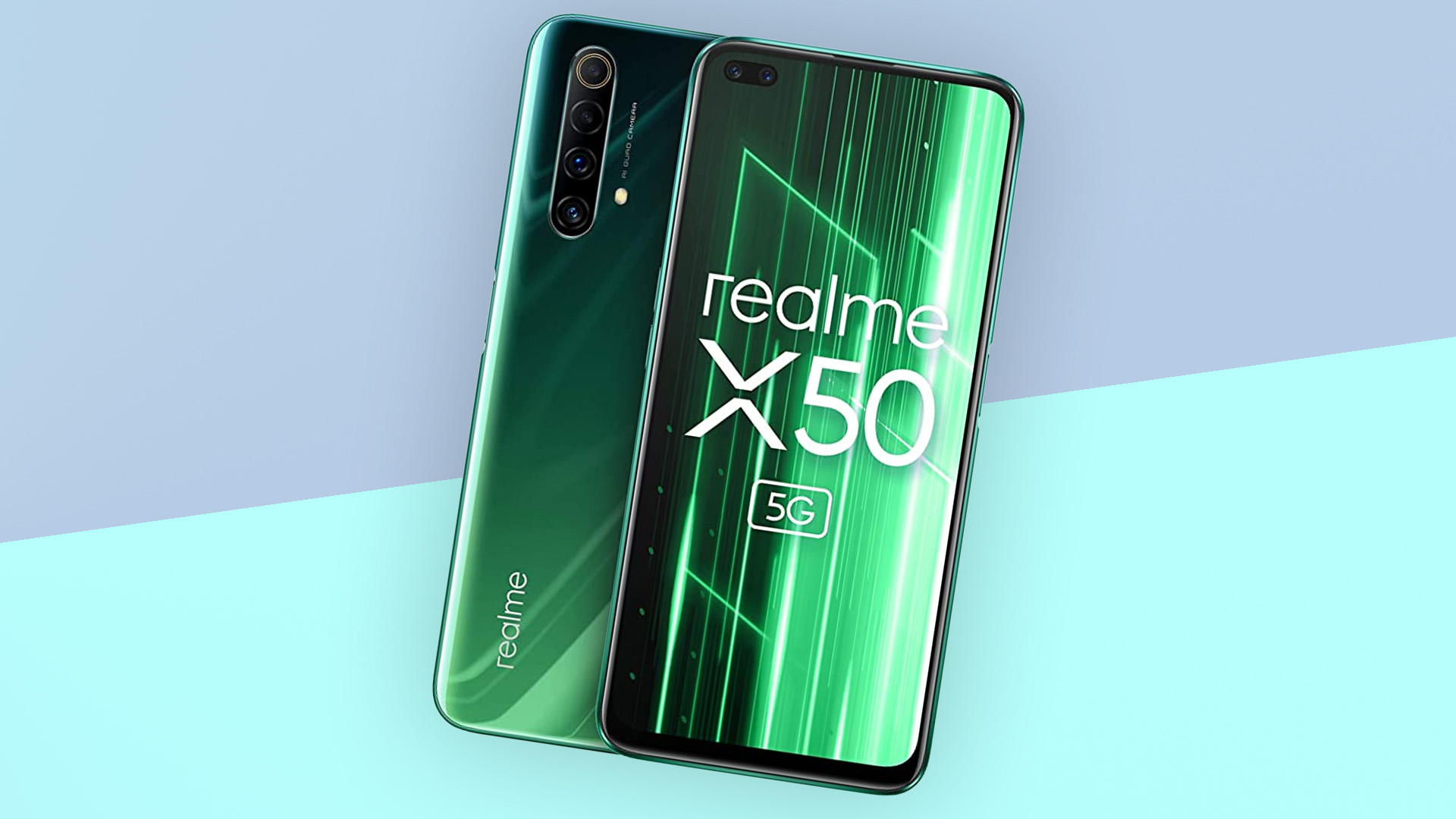
Mid-range: $400-650 / £400-650
Apple doesn’t come into the picture until your budget reaches $399 / £419 / AU$749. That nets you Apple’s tiny iPhone SE (2020). It’s cute, it’s pocketable, and it is as powerful as plenty of four-figure Androids.
However, if you play games or stream video a lot then you're probably better off with the larger (if less powerful) iPhone XR, at $499 / £499 / AU$849. Its battery lasts longer too.
Top Android options at around this price include the OnePlus 8T, Xiaomi Mi 10T and - a little lower end - Google’s Pixel 4a.
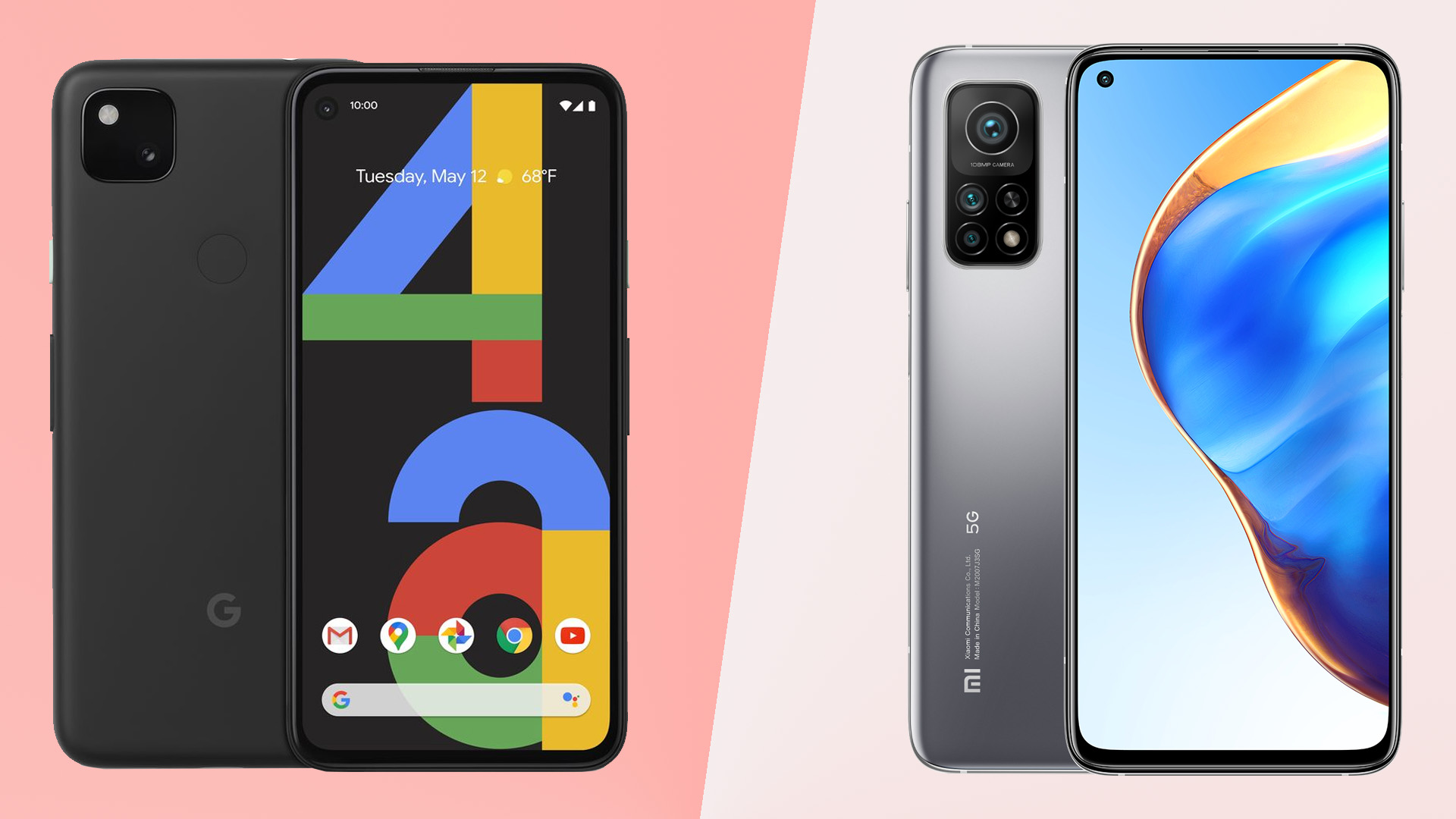
Our advice? Don’t be too put off by the fact the iPhone XR is now a little old. It came out in 2018 but Apple phones are supported for a lot longer than Androids and it still compares well with new mid-range processors.
The big ‘but’ is Apple doesn’t offer any affordable 5G phones yet. Androids offer this faster, more advanced mobile internet for as little as around $299 / £249 / AU$500.
Don’t buy into the idea that Androids offer you stacks more tech in every area, though. There is a pernicious trend of filling Android phones with cameras, usually four on the back and at least one on the front. Unless you’re paying big bucks it’s highly likely only one of the rear cameras is any good.
The Google Pixel 4a is one of our favorite affordable Android cameras, and it has just one rear camera. Apple’s entry-level iPhones take the same approach. Of the two lower-cost iPhones, the iPhone XR has a larger camera sensor, so in theory it should be better. But in practice the iPhone SE (2020) often wins, by a small margin. Its video stabilization is superior, and its flash is more powerful.
Of course, if you take photos for fun rather than to deep dive into the pixels, the ultra-wide cameras most Androids have are great. We love wide and zoom cams.
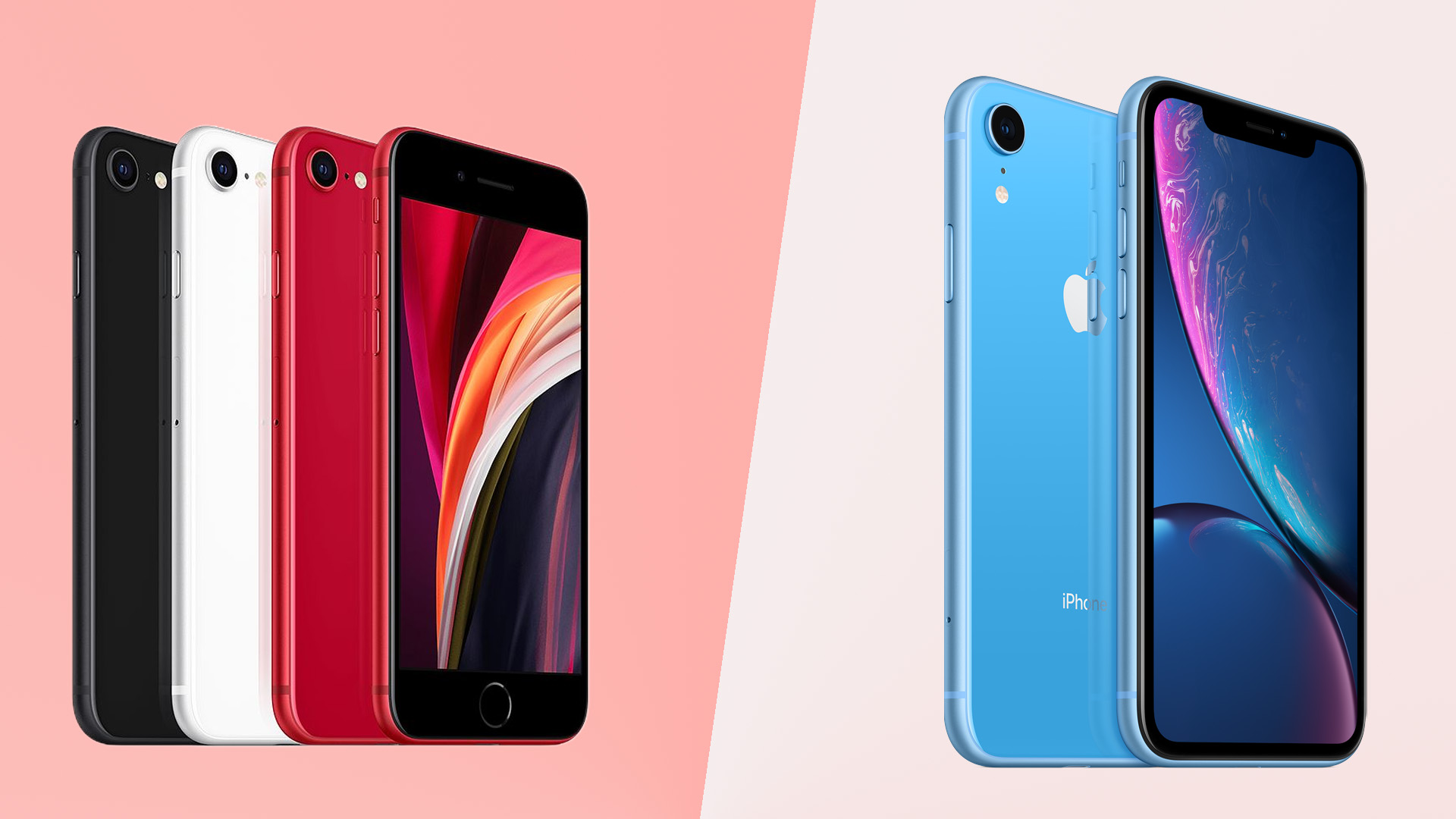
Apple does offer that extra hit of photography at a reasonable price too, in the iPhone 11. It costs $599 / £599 / AU$999, and has an ultra-wide camera alongside its main one. This last-gen phone compares well with almost any Android you can get for that amount of money.
There’s one other thing to consider in this Android versus Apple hardware debate. Apple is stingy on storage, and its upgrades are quite expensive. The base iPhone 11 has just 64GB of storage. Xiaomi’s Mi 10T Pro, often available for less cash, has 256GB.
Most people don’t need that much, but we recommend 128GB these days for a comfortably lazy smartphone life. The Xiaomi, and other alternatives like the Pixel 5, also have 5G.
While Apple’s mid-range phones are great in terms of ease of use, power, and camera processing, you do tend to miss out on a couple of the most recent advancements.
High-end: $700+ / £700+
Spend big and you can get an iPhone 12-series mobile, or a top Android. These include models like the Galaxy S21 Ultra, Oppo Find X2 Pro, Sony Xperia 1 II and OnePlus 8 Pro.
In previous years we would also have recommended Huawei’s phones. But we can’t now they don’t have Google apps.
At this level you get expensive features like zoom cameras, night modes that make near-pitch-black scenes look clear, and ultra-high-resolution screens. Apple’s iPhone, finally, gains 5G at this price point too, with all iPhone 12 range models packing the tech.
You may notice Apple’s iPhones don’t tend to look quite as slick as some Androids, though. Samsung, Oppo, and OnePlus all try hard to minimize screen borders, and use curved glass on the front and back to further trim down their appearance.
This design style looks, and feels, great. The iPhone 12 Pro Max still has relatively significantly black bars at each side of the display, and a big notch that holds all the tech to make Apple’s face recognition software work.
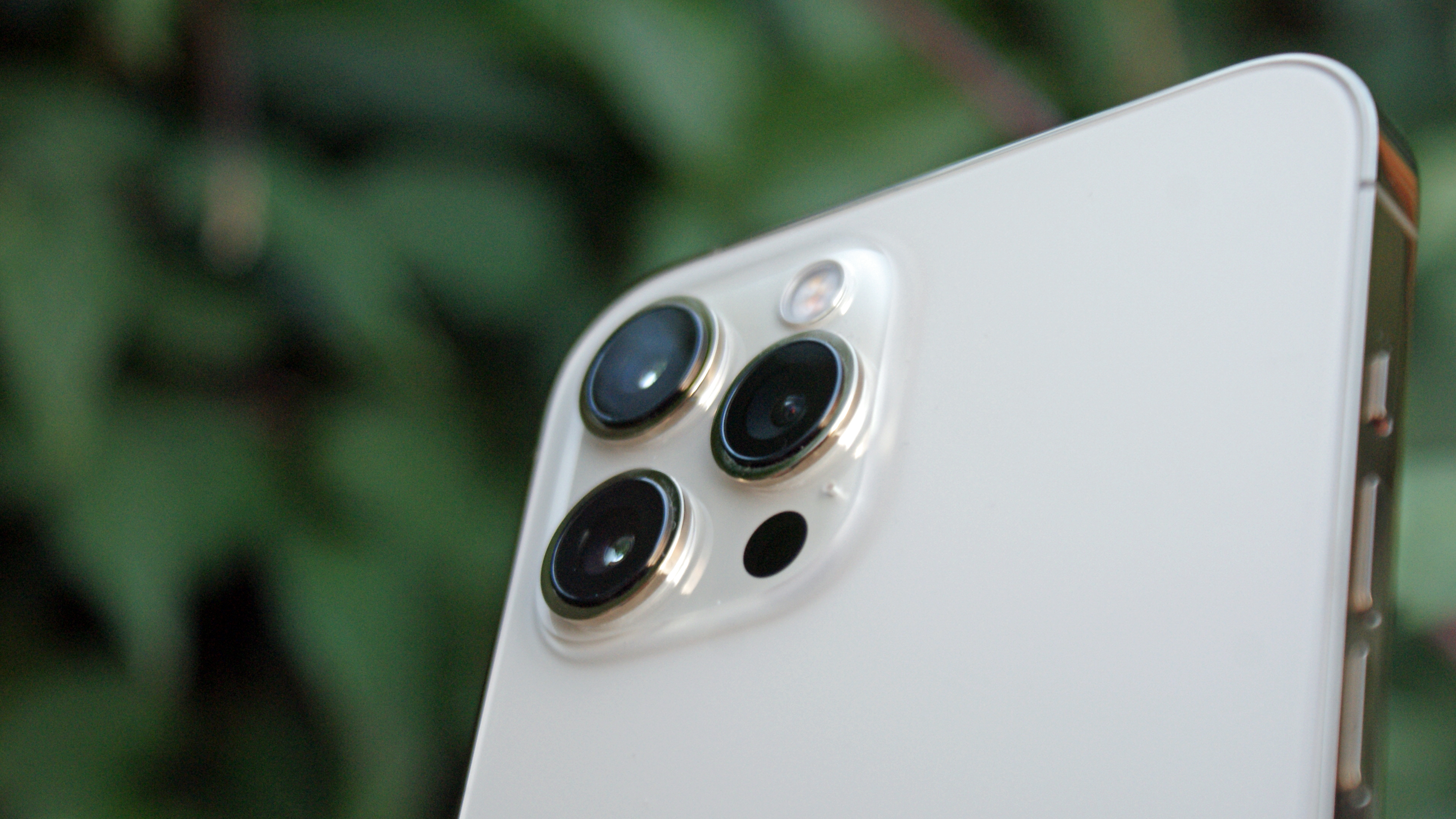
Even Apple’s most expensive phone doesn’t have the same camera zoom capability as the Oppo Find X2 Pro or Samsung Galaxy S21 Ultra either. And both Samsung’s and OnePlus’s top ultra-wide cameras are better than Apple’s.
However, iPhone photos are tasteful and consistent, and iPhones are our go-to phones for video capture. Sure, Samsung may have an 8K mode but the quality and stabilization of Apple’s iPhone 12 and 11-series 4K video is superb. Top ‘Pro’ models also have Dolby Vision HDR recording. Which is nice.
A top tip for early 2021 is not to forget the OnePlus 8 Pro if you are shopping towards the lower end of the ‘high-end’ category. We had a chance to compare it directly to the iPhone 12 Pro Max and several of the most expensive Androids recently. It fared remarkably well, and has the sophisticated curved glass front you don’t often get at $799 / £699 (around AU$1,030).
Apps: we’re all app-rich, but iPhone owners are the super-rich
Look at the statistics alone and you would believe Android’s Google Play offers a better app library than the iPhone’s App Store. There were around 2.87 million apps on Google Play in late 2020 according to Statista, and 1.96 million on the Apple App Store.
However, we find that the App Store has a greater share of top-quality apps and games. There are a few reasons for this.
It is easier and cheaper for developers to get apps on Google Play. But the total revenue made on the App Store is far greater, giving publishers a greater incentive to create ultra-high-quality iPhone apps.
Optimizing for iPhone is also simpler, in one sense at least. There have been 17 iPhone models since 2016, and hundreds of Android phones, all with different hardware and software. That is a development headache.

This, and iPhone fans’ greater willingness to actually pay for apps, means we end up with more high-end productions like XCOM 2, Alba: A Wildlife Adventure, and Slay the Spire on iPhone. These may come to Android, but games like this tend to come to iOS first.
Apple also offers a Netflix-like service for games called Apple Arcade. It costs $4.99 / £4.99 / AU$7.99 a month and is intended to let you get away from the endless ‘free to play’ games that eventually ask you to pay to make any meaningful progress. Such apps dominate both app stores.
We see the same effect in apps, in every category. Take music production as an example. iPhones have Apple’s wonderful GarageBand, plus KORG Gadget, Nanostudio 2, 4Pockets Meteor Multitrack Recorder, and others. These apps let you compose songs on your phone.
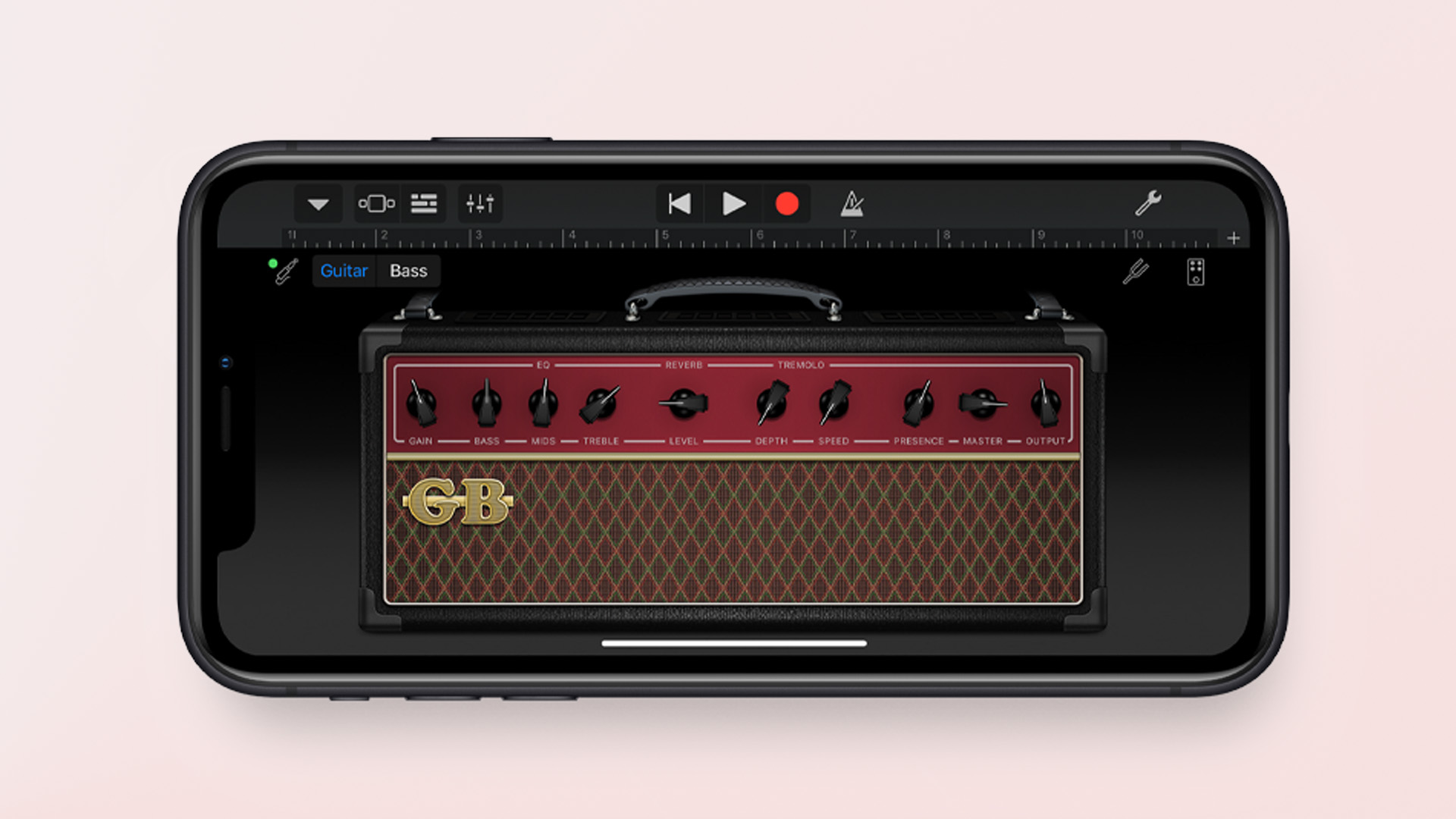
The selection on Android is far more limited. Steinberg made an Android version of its industry standard Cubasis 3 for Android, so you are not left high and dry. But iPhones have access to more worthwhile, truly deep creative and productivity apps.
Not fussed about composing a symphony on your phone or playing an epic 20-hour adventure? We think you’ll be happy with either platform.
Google’s looser approach to apps comes with benefits too. You won’t find game console emulator apps on the App Store. Apple doesn’t allow them. Emulators mimic the hardware of old consoles to play retro games, and there are many on Google Play.
Software: iOS continues to borrow from Android
How any new Android phone looks and feels is largely determined by the custom interface it uses. Almost every Android has one, because it’s the way manufacturers make sure their phones don’t seem exactly like those of their competitors.
Some of these interfaces add significant new features too, but all are based on a core version of Android. In 2021 most new phones are likely to use Android 11.
This 2020 update to the system isn’t going to change your life. But it did tweak some parts under the surface. For example, in some phones you’ll see a panel of smart home controls when you long-press the power button.
Apple’s recent changes are more dramatic. iOS 14 brought widgets to iPhones. These have been in Androids since day one, in 2008. It also adds an App Library section at the end of your home screens, which arranges all your apps into folders. Again, we might compare this to the dedicated app page that has always been present in the majority of Android phones.
However, if you use a MacBook you will likely appreciate Apple’s AirDrop feature, a fast and easy way to share files between your phone and laptop.

Comparing the software experience of Android and iOS is a little like comparing Windows 10 and Mac OS. Android, like Windows, used to be criticized as buggy, flaky, and unreliable. That is not the case anymore.
New versions of iOS are just as likely to have annoying bugs as fresh Android updates. Both are great, neither is perfect. And if you switch from one to the other it will probably take you a week or so to bed in.
Not very helpful? Privacy is one of the best reasons to choose an iPhone. Apple operates rather differently to Google here. For example, data used by voice assistant Siri is anonymized. And Apple plans to make a huge change to how privacy operates in iOS later this year, making it clear to us end users when an app like Facebook is collecting and sharing data about us.
It’s called App Tracking Transparency, and will shine a light on exactly how far, and how quickly, your information is disseminated between apps and services.
Google has improved how it deals with app permissions in the last few years. You’re now asked for permission as and when an app requests, for example, your location, rather than just making you allow access at the point of install.
However, there’s a fairly fundamental difference here. Google makes stacks of cash by collating our user data and using it to power its advertising platform. Apple doesn’t, to the same extent. It does run an ad network, used in the App Store and other Apple services. But it ain’t Google.
This issue is moot, though, if you plan on buying an iPhone and using a bunch of Google services like Gmail and Maps anyway. The privacy policies of your phone can’t fix the privacy problems of the apps you use on your phone, and elsewhere.
Updates: iPhones are miles ahead
Apple phones are also far better for software updates. Let’s take the last iOS release, iOS 14, as an example.
The oldest devices supported are the iPhone 6S and iPhone 6S Plus. These phones were released in 2015, the year of the Samsung Galaxy S6.
That Samsung phone is one of the best-supported Androids of the year, but it dropped off Samsung’s official support list in 2018.
Two years of software updates and three years of security updates is the best-case scenario for most Androids (though Samsung has now started offering three years of software updates for some phones).
iPhones tend to get five major updates, or five years’ worth from their original launch, plus additional security patches afterwards. Even the iPhone 5S from 2013 received a security update just a week before this piece was written in January 2021.
Tech companies have risen to greatness and crumbled to nothing in the time the iPhone 5S has received support.
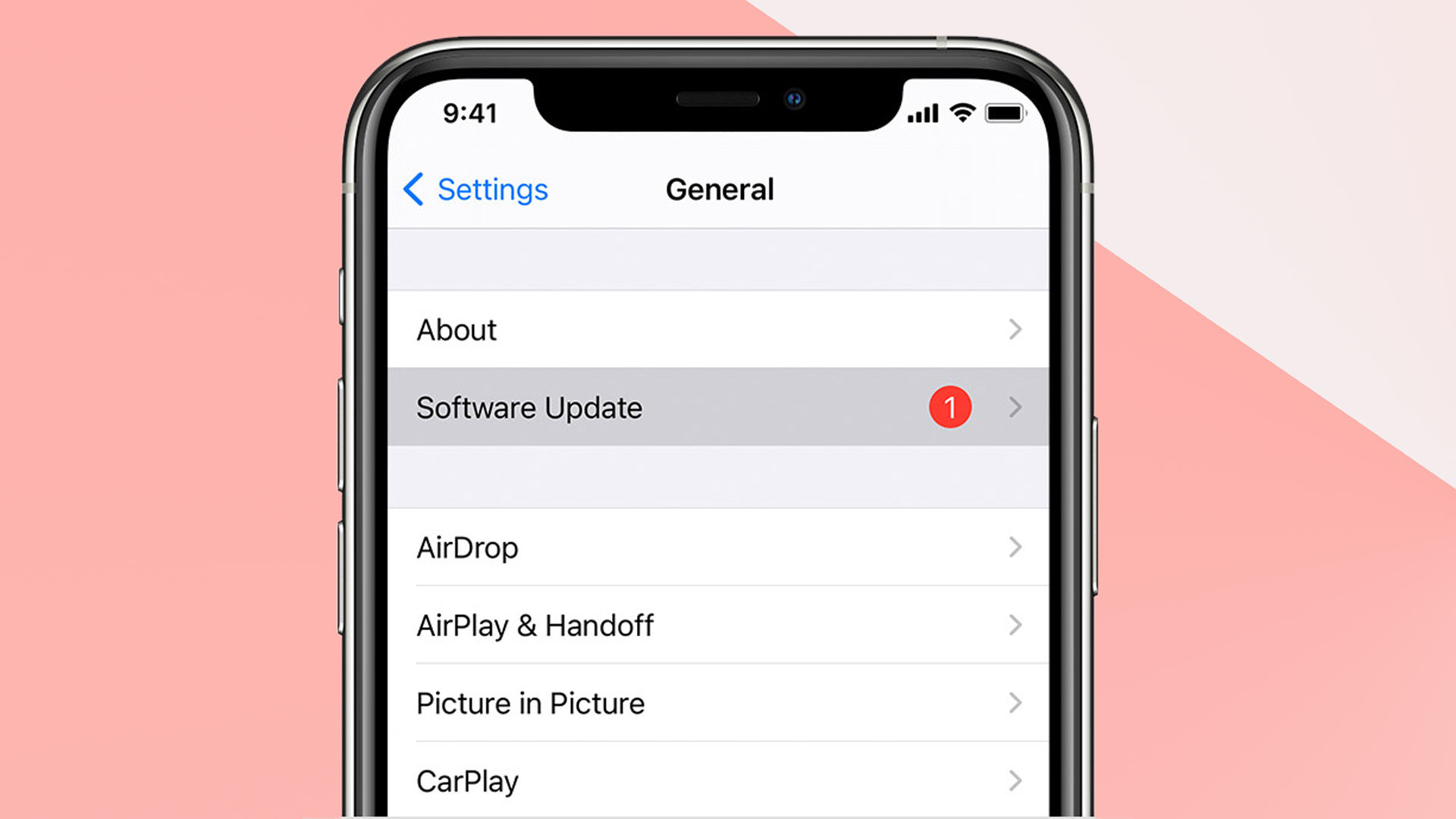
Security updates are important because they contain provisions to counteract vulnerabilities cybercriminals and other nasty types can try to exploit. Ever seen the stories about scammers using Bluetooth to hack into your phone to covertly call premium-rate numbers? Updates fix problems like this.
The support of Androids may be even shorter from some lesser manufactures. We have reviewed phones from some little-known Chinese names that never seemed to receive a single update from the day we first opened the box.
There’s another issue. Google releases one major version of Android a year. On day one, Google’s Pixel phones get it. Other manufacturers then usually take several months making the new code work with their own software, before releasing it.
All iPhones (the supported ones anyway) get updates as Apple releases them, as the company makes both the software and hardware. Google has tried to mitigate this over the years, splitting off its apps from the Android part so they can be updated discretely, and coming up with Project Treble. This again splits up system software to minimize the work the manufacturer needs to do.
Has it helped? Not much. Android updates can take an age to arrive.
Resale value: iPhones in first place, Samsung in second
This update issue and the ultra-long support cycle are two reasons iPhones tend to seem ‘current’ a lot longer than Androids. And it also feeds into their resale value.
Here’s how much you could trade-in the ‘good’ condition flagship phones of 2018 in at MusicMagpie, one of the UK’s most popular tech resale companies:
- iPhone XS - £250 (original cost £999)
- Samsung Galaxy S9 - £125 (original cost £739)
- LG G7 - £70 (original cost £749)
- Sony XZ2 - £90 (original cost £799)
- Huawei P20 Pro - £40 (original cost £799)
The iPhone is worth 25% of its original cost, the Samsung 17%, the LG 9.3%, the Sony 11%, and the Huawei just 5%. You should be able to get more than these figures if you sell privately, but this is a reasonably indication of their relative worth.
And while these prices only apply to the UK, you can expect a similar situation in most countries.
However, while Apple is the clear winner, Samsung phones also do rather well here. And the other brands’ value is not helped by their drop in prominence, particularly Huawei, which makes fantastic phones but has been all but destroyed in the west after the US labeled the company a security risk.
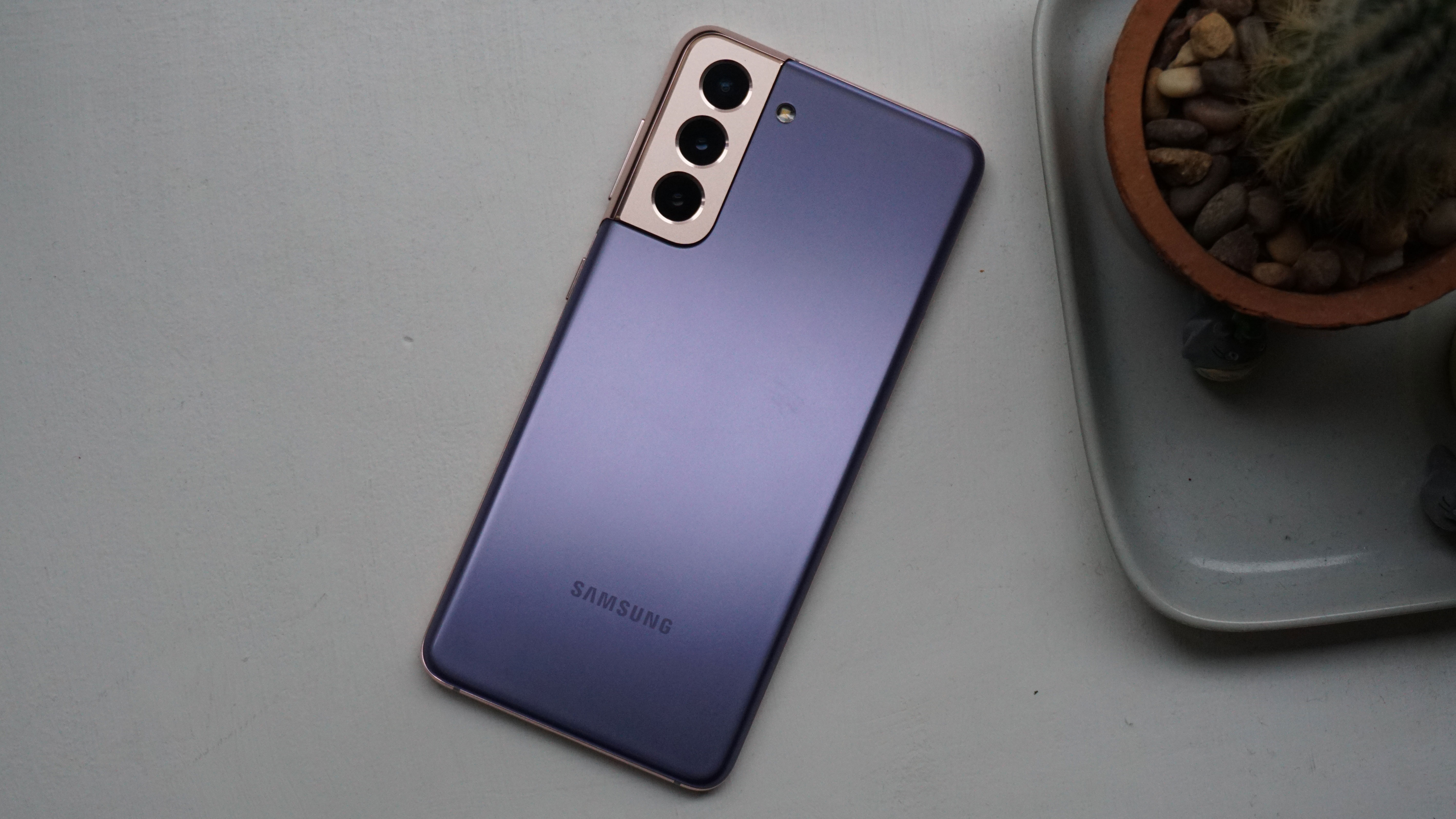
The takeaway
The lazy conclusion of the old Android versus Apple debate largely no longer applies. You can’t claim iPhones are overpriced and Androids are great value when the corresponding Samsung models sell at a similar price, or more in some cases. Here are some of the key reasons to buy into each platform.
Buy an Android if you want cheap 5G
Android makers adopted 5G much more quickly than Apple, largely because companies like Qualcomm and MediaTek were fast to provide chipsets that support the standard, at a low cost. Forget the behind-the-scenes stuff and it means 5G Androids are available for $300/£300 or less if you know how to shop.
Buy an iPhone if you want to keep a phone for years (and years)
No Android manufacturer supports its phones like Apple. You can expect five years of software updates, and important security updates after it’s locked out of new iOS versions. Even from the top Android makers, two years of software updates and three years of security patches is the best you can typically ask for.
Buy an Android for the best hardware value per dollar
Apple’s mid-range phones are great. But at $300/£300 or below Android is still the place to be. Buy a phone from a Chinese company like Xiaomi, Realme or Oppo and you can expect near-flagship day-to-day performance, possibly even with 5G and - in some cases - high end touches like glass back panels.
Buy an iPhone for a slightly better games and apps library
No smartphones are short of apps. But the App Store has more ‘deep’ creativity and productivity apps, and console-grade games tend to come to iOS first. And may not make it to Android at all in some cases. However, if you want to use retro game emulators, Android is the only option.
Buy an Android for the slickest high-end designs and periscope zoom
Want curved glass, zero screen borders and long-throw periscope camera zooms? You can’t get those with any iPhone yet. Through some eyes even the iPhone 12 Pro Max looks a little dated next to the top-end phones from Samsung, Oppo and OnePlus.
Buy an iPhone if you’re into privacy
Google loves your data. An iPhone is a much better bedrock for a privacy-aware life. However, you don’t get to pat yourself on the back just for using an iPhone. Don’t forget your use of smart home tech, social networks, and any services you sign into are just as important.
- Check out the best smartphones
from TechRadar - All the latest technology news https://ift.tt/36anOdk
Aucun commentaire: